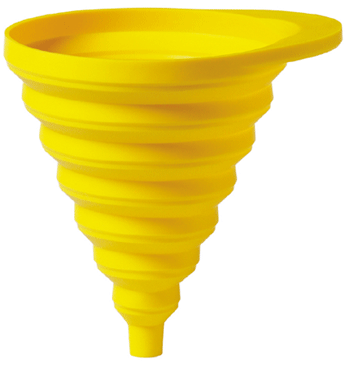 We talked earlier this week about tips for marketing automation within Salesforce. Today, let’s further the discussion by highlighting best practices for lead management.
We talked earlier this week about tips for marketing automation within Salesforce. Today, let’s further the discussion by highlighting best practices for lead management.
Make a note. All of the best practices bulleted to follow can be automated within Salesforce.com.
Miscellaneous considerations
- Are Marketing and Sales evaluating leads on the same scale? If no, then undertake initiatives to gain alignment between the two departments.
Data capture
- Don’t ask too much – find a balance so you don’t turn off prospects from completing forms but enough so that you can properly route the lead.
- Use hidden fields in your web landing pages to gather information such as Campaign identification, activities on the page such as buttons pushed, exit pages, etc.
- Clean up lists before importing – that is, create well-defined field mapping criteria between your form and Leads database.
- Clean up picklists for better metrics and reporting results.
Lead qualifying and scoring
- Develop a lead scoring scale that makes sense for your company, by product, and by the vertical markets you serve.
- As necessary, employ as wide a scale as necessary to monitor lead activity and translate into the score rating. For example, you allow scoring based on multiple touches such as attendance at a webinar and downloading of a white paper.
- Use custom fields to track what is most important to your lead scores.
- Nurtured low-scoring leads within Marketing.
- Track multiple touches with calls to action until the lead exhibits buying behavior. That is, until it becomes qualified. Once this behavior is exhibited, turn it over to Sales.
-
Define “negative scoring” so you can identify cooling leads that need nurturing from Marketing.
Lead nurturing
- Segment unqualified leads, that is those requiring continued nurturing by Marketing, from qualified leads.
- Find the balance for the right level of nurturing. This may require some experimentation to determine but a general guide is to watch for decreasing open rates and increasing opt-out rates.
Automation and work flow
- Employ lead assignment rules. Better yet, automate assignment activities.
- Send auto-responses to your leads.
- Workflow notifications of Sales – Create task notifications for your sales team to let them know their attention and action is required. Examples of when to notify Sales: web form submission, tradeshow or webinar attendance, web visits.
Lead generation metrics
- Monitor and measure all activities. If you can’t measure it, then you probably shouldn’t be doing it.
-
Continually re-evaluate your lead generation process.
Summary
As ever, let me know if I can help you.

